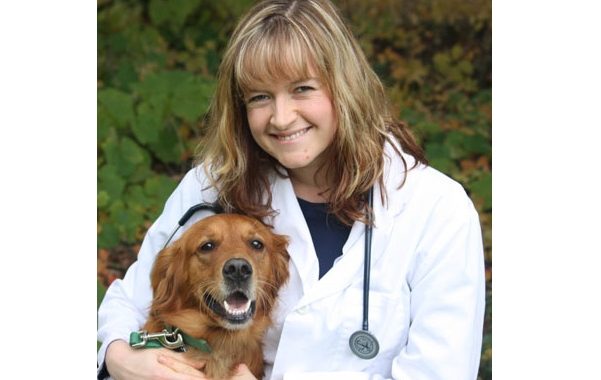March 2018 Observer Today Article
One of the most common questions I get from owners in the field of veterinary medicine is, “What should I be feeding my pet?”
Owners are inundated with a constant flow of commercials and online advice regarding what they should be feeding their pet. One look in our local pet stores and we see that the pet food business is booming and it can be very confusing as to what we should pick for our pets. Below I am going to discuss some common misconceptions regarding diets for our beloved pets.
Misconception No. 1
Grain Free Diets are better for my pet. Grains are carbohydrates and an important source of energy for our pets. Grains contain fiber, essential fatty acids, and nutrients necessary for gastrointestinal health and healthy skin and coat. Allergies to proteins in grains can occur but they are very rare. Allergies are more likely to occur from meat proteins.
Misconception No. 2
By-products are poor quality and therefore bad for my pet. By-Products are actually the clean animal parts aside from the muscle meat and include the organ meats like liver, kidney, lungs, and spleen. By-products must meet the AAFCO (Animal Feed Control Officials) guidelines and cannot include feathers, hair, hide, hooves, or intestinal contents. These organ meats are actually abundant in essential nutrients and are therefore good for your pet!
Misconception No. 3
Raw foods are natural and therefore good for my pet. Diets may actually contain harmful bacteria and parasitic organisms. Exposing you and your pet to raw meats can be harmful to your health. Raw diets also may be deficient in calcium. When a pet is fed a raw diet, especially a young animal, a calcium/phosphorus imbalance may occur leading to fragile bones and growth problems.
Misconception No. 4
Animal digest is bad for my pet. Animal digest is the product of the process of breaking down animal proteins into a form that can be added to foods to enhance the flavor. It is a high quality ingredient and is an excellent source of protein.
Misconception No. 5
Holistic, natural, and organic foods are better for my pet. Organic livestock cannot be given antibiotics or hormones and organic crops must be grown on land free from pesticides, the USDA makes no claims that organically produced foods are safer or more nutritious. I will let you make your own decision whether to choose organic or non -organic, but when choosing an organic food look for the USDA organic symbol and choose this over “holistic” or “natural.” Many companies just focus on labeling to help market their foods.
Misconception No. 6
An All Life Stages diet is good for my pet. Life Stages is just another marketing tool with labeling. Manufacturers make the diet to meet the minimum requirements for both growth and maintenance. But in reality an adult food should require higher amounts of certain nutrients like calcium and phosphorus. Too high of these levels can lead to orthopedic issues in young growing dogs. I recommend choosing a diet that best meets the requirements for a growing dog versus an adult dog versus a senior dog.
We highly recommend consulting with your veterinarian when choosing a diet. Our veterinarians at our practice tend to recommend companies that we know have put the science and research behind their foods. Too many companies are “jumping on the bandwagon” and throwing out foods on the market that may not necessarily be the best diet for your pets. Some of these diets can cause bladder stones and bladder issues, kidney issues, and gastrointestinal issues. These foods are not as easily digested and can cause vomiting and diarrhea.
When in doubt we highly recommend talking to your veterinarian as to what is best for your pet.

